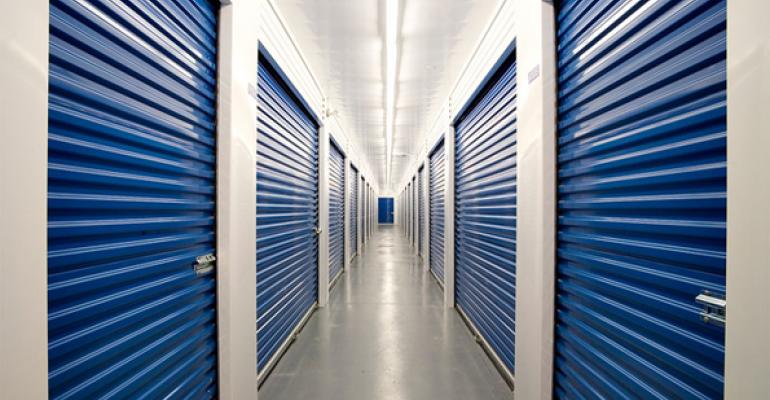The self-storage sector’s appeal seems to defy convention. Self-storage assets lack the architectural themes and fine details that produce trophy properties in the office and retail sectors. No gleaming lobbies or guest amenities like the hotel sector. Yet investors have recognized other virtues in the self-storage asset class and driven cap rates down by 275 basis points in recent years, a pace of almost five basis points per quarter, according to a recent assessment from real estate services firm CBRE.
Now, however, cap rate compression in the sector is slowing down. After the close of the first quarter of 2016, the average cap rate on transactions was 5.70 percent, a change of four basis points. True enough, the drop in cap rates has slowed, but rates are still moving in a direction that is benefitting investors and owners.
“People love storage,” says Chris Sonne, executive vice president and national self-storage valuation group leader in CBRE’s valuation and advisory services division. “While there wasn’t a lot of activity in any sector in terms of transaction volume, when you compare that to declines in other asset classes, like office, self-storage was impacted the least.”
Whatever self-storage properties lack in physical beauty, they make up for in stable rent growth and minimal losses during downturns, relative to other real estate asset classes. In the last 90 days in particular, the market found even more reasons to flock to this asset class. Pricing and liquidity have been very attractive for self-storage units. Treasuries have been at record low rates, with the 10-year note yielding around 1.57 percent. Although cap rates are not tightening as dramatically as they have in the past on self-storage properties, the cost of borrowing results in very lucrative transactions.
“The sector is as close to a recession-resistant property class as there is,” says Arlen Nordhagen, CEO of National Storage Affiliates Trust, a Greenwood, Village, Colo.-based REIT. “High customer turnover allows NSA to nimbly respond to economic changes and our low capex requirement is unparalleled.”
The company has about $390 million of acquisitions under contract, representing 54 properties and about 36,500 sq. ft.
The wallflower with the full dance card
Self-storage has the strongest average annual ROI performance, around 18.0 percent, of any equity REIT sector between 1994 and 2014, according to NAREIT.
Trade areas for self-storage units are about three miles, according to Sonne. In 2010, analysts took note of the revenue models for the properties, and noted an unexpected and stunning benefit. If, for instance, a self-storage property has 500 units, the owner of that facility might raise rents by $5 in a lease’s fifth month. Tenants do continue to pay. In month 10, the rent might go up another $5 or even $10, and tenants still continue to make payments on the unit.
“You can raise rents without losing occupancy,” Sonne says. “It is not uncommon to find that at an existing unit that is full, the rents might be higher than what an empty unit is looking for.”
The real estate sector as a whole raises rents at a rate of around 3.0 percent a year. Self-storage properties have been raising rents at a pace of around 6.0 percent to 12.0 percent a year for the last five years, according to Sonne.
Investors have another reason to look to self-storage: The properties help diversify larger portfolios, including even securitization deals, according to Rushi Shah, an executive vice president at Aries Capital, a financing intermediary based in Chicago.
Shah adds that if there is a market event and revenues drop, self-storage assets will be impacted less severely than other property types, especially in deals with complex structures. Aries typically looks for self-storage properties valued at between $5 million and $50 million for senior debt financing, Shah notes.
Revenue models, attractive financing and diversification all go a long way to shoring up value for the sector. Basic demand, however, plays a greater role. Americans are moving into smaller homes, and only using the space that they need for daily living.
“Basically there has been a shift of patterns of storage space users, from a demand standpoint,” Shah says. “While they are doing that, [American consumer pattern] hasn’t changed. The whole concept of owning things and needing things hasn’t diminished.”






